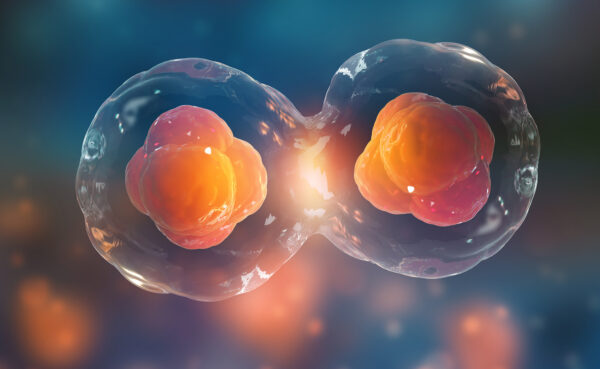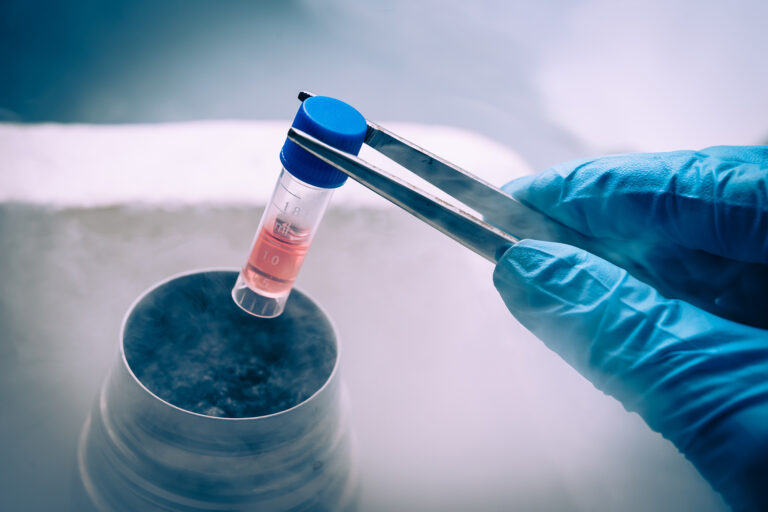https://deserthealthnews.com/story/developments-in-regenerative-science/
New developments in stem cell clinical science could mean more options for patients seeking cell therapy. Stem cells are involved in the ongoing process of cellular repair for injuries related to toxins, aging, trauma, disease, infection, damage, radiation, and many other conditions associated with our existence on planet earth.

Today, the only FDA-approved stem cell product is bone marrow-derived stem cells for advanced cancer patients who have bone marrow transplants. Yet thousands of patients are receiving clinical cell-based therapies for various degenerative and traumatic conditions under the scope of the practice of medicine by having qualified physicians inject them with stem cells from various sources.
Many physicians are using stem cells derived from a person’s own bone marrow. Our international research group helped pioneer the use of the fat-derived cells in the United States in 2010 and fat from your waist continues to be a popular source of fresh cells because of the ease of obtaining the cells and the high numbers available.
Many practitioners are using stem cells obtained from banks which are sourced from birth products such as placental, amniotic, and umbilical tissues. One appeal to using these cells is that no fat or bone marrow aspiration is required and the cells are conveniently and affordably obtained in packages from industry. Another advantage to these neonatal products is that they originate from very young healthy cells. The downside to umbilical and placental products is that they are from another person (screened for major infectious diseases) and we do not know all of the immediate or long-term immune effects of introducing significant amounts of someone else’s DNA into one’s body. Some of these products, particularly in the amniotic cell category, are not actually live stem cells yet can still be effective for certain inflammatory conditions. However, patients are not always clear on what exactly the product consists of when doctors inject them into their arthritic joints or other areas.
When considering stem cells, patients should be informed, but sometimes don’t know the correct questions to ask their doctors before the procedures. There is also a lot of confusion about clinical outcomes and one’s real chance for success.
Through our international network, we now have patient outcomes and safety data on 12,000 patients from over 100 investigative clinics around the world (including several clinics here in the Coachella Valley). We are starting to understand that outcomes relate not only to cell quality (the obvious) and cell deployment techniques, but also to what we call the “patient factor.” This nebulous category includes variables that are not controlled easily and depend on the nature and severity of the patient’s condition. For example, some cellular injuries emit special chemical messages which are “loud” damage beacons that attract and activate stem cells to start the repair process. Yet other chronic conditions may not emit loud signals so circulating or deployed stem cells might pass them by without starting the repair process.
The important concept here is that stem cells rely on cell signaling which is the biologic process that cells use to communicate with each other. It turns out that some stem cells actually physically replace damaged cells, but more often they influence the damaged cells to heal by releasing cellular signals. This is called “the paracrine effect.”
One of the most interesting developments in regenerative science in the past few years is the study of these cell signals and how they work. Sometimes the signals are simply emitted peptide proteins, but some of the most important signals that influence cells to heal or to repair are made of genetic material called micro RNA. These micro RNA signals are contained in small vesicles (microbubbles) that are released from stem cells and travel in the small space between cells carrying the healing signals and the damaged target cells. These small vesicles are now known as “exosomes.”
Exosomes are less than 1/100 the size of stem cells and can easily traverse into any area of the body. These exosomes can easily bypass the blood-brain barrier which can limit the number of larger stem cells getting into the brain and central nervous system. When obtained by a specific laboratory centrifugation process of stem cells, exosomes appear to have the same clinical effect as stem cells but can be given in very high repeated doses without introducing foreign stem cells into a patient. One successful use of exosomes in animal models was the dramatic repair seen in cardiac tissue after myocardial infarction (heart attack) in recipients of exosome infusions.
Currently, we are looking at harnessing the healing power of stem cells by isolating the signals they use for repair and mimicking the repair and healing process in a very efficient way. Good quality exosomes are now commercially available to physicians for investigative purposes and may be combined with adipose or other source stem cells to attempt to accentuate the cell’s healing effects. Alternatively, exosomes may be used alone and in a repeated fashion to try to provide a healing “surge” which could potentially keep damaged cells bathed in healing signals to advance the body’s natural healing processes. Exosomes are being broadly used in the United States now for arthritis and orthopedic conditions. Our research group is currently looking at exosome options as we continue to evaluate new, evolving technologies for safety and efficacy using our private database. We are particularly interested in some of the neurologic uses of exosomes due to the convenience of multiple dosing and the ability of the small particles to freely enter the central nervous system. This might give us better tools to treat stroke and traumatic brain injury among other degenerative neurological conditions.
Dr. Lander is co-founder and medical director of The Cell Surgical Network® and medical director of the California Stem Cell Treatment Center in Rancho Mirage and Beverly Hills. He can be reached at (800) 231.0407. For more information on stem cells, visit www.stemcellrevolution.com.

